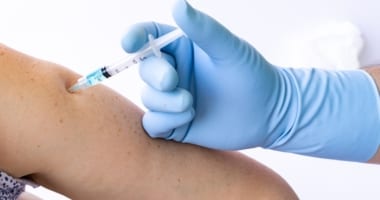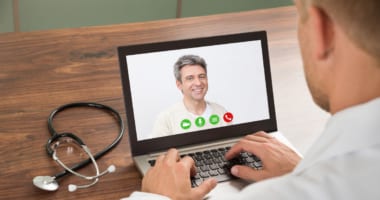 After several months in pandemic mode, allergy/immunology practices are adjusting to a new normal. Below, nine members of the Practice Management Committee share key things they’ve learned regarding how to practice in the COVID-19 world. This week, get tips related to human resources/staffing, operations/safety and scheduling. In a follow-up next week, get tips on billing, patient communication, skin testing and allergy shots.
After several months in pandemic mode, allergy/immunology practices are adjusting to a new normal. Below, nine members of the Practice Management Committee share key things they’ve learned regarding how to practice in the COVID-19 world. This week, get tips related to human resources/staffing, operations/safety and scheduling. In a follow-up next week, get tips on billing, patient communication, skin testing and allergy shots.
These tips are not official College recommendations; they represent the opinions and experiences of individual members of the Practice Management Committee.
Clearly, the impact of the pandemic varies greatly by location and timing, and things are shifting quickly. What works for one practice might not make sense for another. However, we’re certain you’ll find several pearls of wisdom among the tips below that you can put into place now to help your practice.
Human Resources / Staffing
- Meet regularly with your team and clearly communicate the practice’s COVID plan and any changes based on state or local recommendations. “This reinforces new habits and office policies we are all trying to learn, which keeps behaviors consistent,” said Jean Owen, MBA, practice administrator and member of the Practice Management Committee.
- Develop a COVID-19 exposure policy for employees. In many geographic areas the incidence rate is still rising, and employees are concerned about how to handle exposure from patients or colleagues. They also worry about how forced time off will impact their pay. When developing a policy, review the CDC’s Interim U.S. Guidance for Risk Assessment and Work Restrictions for Healthcare Personnel with Potential Exposure to COVID-19 and the CDC’s Public Health Guidance for Community-Related Exposure, along with the guidance of state and local authorities.
- Cross-train staff as much as possible to prepare for potential absenteeism due to COVID-19 exposure.
Safety/Operations
- Minimize the volume of patients in your office by seeing new patients first via telemedicine or a telephone call. If they need a procedure (skin test, etc.), have them come into the office just for that.
- Allow shot patients to wait in their cars for 30 minutes after injections. However, they must be seen by an MA or RN prior to leaving.
- Remove half of the chairs from the waiting room to facilitate social distancing.
- Room patients immediately after they arrive. Have them complete paperwork and check-in from the exam room.
- If available, use exam rooms as staff work areas to space out staff.
- Screen all patients by telephone prior to appointments; only schedule patients for office visits if they are symptom free and exposure free.
- Clean all surfaces, doorknobs, exam rooms and common areas between patients.
- Require face masks in the office for both patients and staff.
- Require frequent hand washing for all providers and staff.
Scheduling
- Alternate physical patients with telehealth patients in physician schedules to allow for less foot traffic in the clinic.
- Have half of the providers see patients in the office while the other half is doing telehealth, then switch mid-day. This provides space between patients and keeps the waiting room for shot patients.
- Consider spacing out shot patient schedules to cut down on the number of people in the waiting room.
- Consider closing offices during the lunch hour and/or trimming late clinic hours to allow for reduced staffing and to provide time for staff to complete additional COVID cleaning protocols.
For more information on practicing during COVID-19, check out the College’s COVID-19 resource page. It provides up-to-date information on clinical issues, coding, telemedicine, practice management and patient information.


